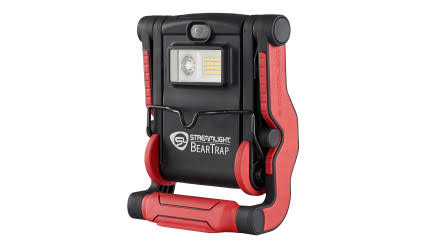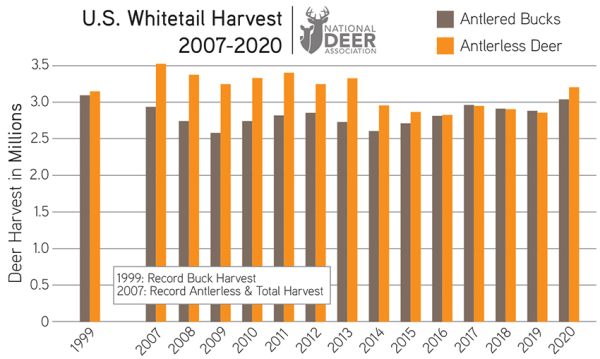Michigan DNR Wildlife Habitat Grant application period now open

Now through March 15, the Wildlife Habitat Grant Program will be accepting applications, with priority given to projects enhancing game species habitat.
“We look forward to the opportunity to partner with those who want to increase habitat and enhance existing habitat through the Wildlife Habitat Grant Program,” said Michigan Department of Natural Resources Wildlife Division Chief Jared Duquette. “Healthy and abundant habitats not only benefit wildlife, but also benefit Michigan residents by providing cleaner air and water and by offering spaces to enjoy nature, enhancing physical and mental health.”
Funding is available for local, state, federal and tribal governments, profit and nonprofit groups, and individuals through an open, competitive process. Minimum grant amounts will be set at $15,000, with the maximum being the amount of funds available for that grant cycle. The 2022 overall available grant amount is approximately $1 million. Read more













